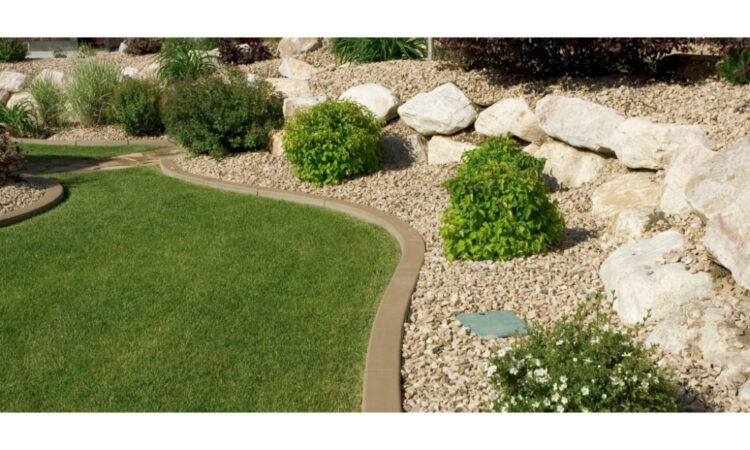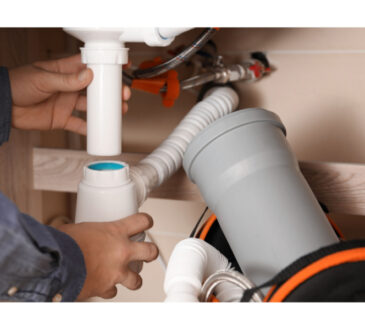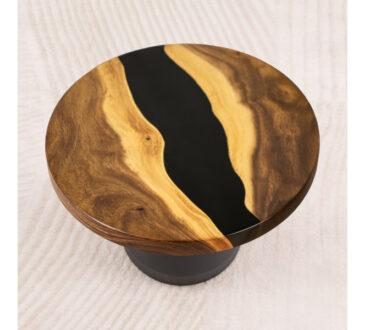
You want your garden to thrive. That’s the dream, right? A peaceful, green sanctuary that feels alive, comforting, and uniquely yours. But here’s the thing. Picking the best plants for your Singapore garden isn’t about guesswork. It’s about matching what you love with what your space can realistically support. That begins with two fundamentals: sunlight and soil. Many homeowners turn to landscaping services Singapore to help navigate these decisions with expert insight that aligns plant selection with environmental conditions.
Singapore’s tropical climate gives you a clear advantage. Warmth and humidity stay consistent year-round, and most plants love that. Still, what thrives in one garden corner might fail in another. You need to work with what your space offers, not fight against it.
Sunlight Isn’t Optional. It’s the Starting Point
Before you bring home any new plant, take a moment to observe. Where does sunlight fall throughout the day? Some plants crave full exposure and soak up the heat. Others need shelter and prefer softer, filtered light.
Start by tracking sunlight across a full day. Maybe your balcony gets a blast of morning rays. Or perhaps your patio only sees the sun in the late afternoon. Knowing when and where the light appears will save you from placing a sun-loving plant in deep shade.
If your space receives at least six hours of direct sun, you’ve got plenty of options. Think bougainvillaea, hibiscus, or even lemongrass. These thrive with consistent heat. For spots with softer light, go for plants like calatheas, ferns, or peace lilies. They love moisture and do well with limited exposure.
Not All Soil Is Equal. Know What You’re Working With
Soil is just as crucial as light. In Singapore, the default is clay-heavy soil, which tends to retain water and compact easily. That can lead to soggy roots and stunted growth.
Here’s a quick test. Grab a small handful of damp soil and squeeze. If it forms a sticky clump, you’re dealing with clay. If it crumbles loosely, the soil leans toward sandy or loamy, which is great for drainage and airflow.
Don’t worry if your soil isn’t ideal. You can improve it with compost, coconut fibre, or organic mulch. These materials break up compacted earth and introduce air pockets, giving roots the space they need.
And for raised beds or pots, use potting mixes specifically designed for tropical plants. These blends are engineered to hold moisture without suffocating the roots.
Choose Plants That Actually Fit Your Space
Now for the fun part—picking your plants. But don’t just follow trends or online photos. Choose species that suit the conditions you’ve identified.
For areas with strong sun and drier soil, desert rose, rosemary, and frangipani are reliable. These plants are heat-tolerant and require minimal watering. In shadier areas, go for peace lilies, fittonias, or calatheas. These thrive in humidity and lower light conditions.
If herbs are your thing, start simple. Mint, basil, and lemongrass grow well in tropical environments and reward you with fresh, fragrant harvests.
Planning a complete garden transformation? Consider engaging residential landscape contractors in Singapore to ensure plant placement, spacing, and layering are all done with future growth and usability in mind.
Rain Is a Gift, But It Can Be Too Much
Singapore’s climate includes frequent, heavy rainfall. While this benefits many tropical plants, it can also cause waterlogging. Roots may rot if your soil holds too much moisture.
To protect your plants, focus on improving drainage. Raised beds, well-spaced pots, and amended soil all help move water away from delicate root systems. You can also add organic mulch, which slows water runoff, prevents soil erosion, and keeps roots cooler.
If one section of your garden tends to flood, turn that into a feature. Consider creating a rain garden. These are shallow dips in the landscape filled with water-loving plants such as canna lilies or colocasias. They absorb and filter rainwater while offering colour and texture.
For more involved designs, especially if drainage challenges are ongoing, consider working with landscaping services Singapore. They can help plan gradients, install subsoil drainage, and select plant varieties that tolerate fluctuating moisture levels.
Small Garden? Make Every Inch Count
You don’t need a large space to enjoy greenery. In fact, small balconies, patios, or rooftops can become lush sanctuaries when designed efficiently.
Container gardening is a great solution. You can control soil type, watering frequency, and even move the plants as needed. Start with herbs, leafy greens, or dwarf fruit plants. And don’t forget to choose pots with drainage holes.
Want more from your vertical space? Use hanging baskets, trellises, or wall-mounted racks to grow climbers like passionflower or ivy gourd. These plants bring beauty upward and allow better airflow.
For those looking into full-scale garden design and maintenance in Singapore, containers and vertical gardening should be part of the strategy—especially in urban environments where space is at a premium.
Understand Microclimates to Plant Smarter
Even within a single garden, conditions can vary. Microclimates develop due to shadows, surrounding walls, heat-reflective surfaces, or airflow patterns. One corner may stay cooler and damper, while another bakes under the afternoon sun.
Instead of fighting these shifts, work with them. Place your more sensitive plants in protected corners. Hardy, sun-loving varieties can take the heat in brighter areas. Once you understand how temperature, light, and wind move through your garden, your plant choices will become more precise.
This strategy becomes even more critical in large spaces like commercial sites, rooftops, or courtyards. Planning around microclimates is key to successful commercial landscaping solutions in Singapore, helping projects remain sustainable and visually cohesive.
Make Sustainability Part of the Plan
You don’t need to be a conservation expert to make eco-friendly gardening choices. It starts with what you plant and how you care for it.
Use compost instead of synthetic fertilisers. Choose organic pest control to protect helpful insects like bees and butterflies. And wherever possible, go for native or well-adapted tropical plants—they’re already suited to the climate and tend to be more resilient.
Even how you water matters. Grouping plants with similar needs cuts down waste and keeps roots healthier. Capturing rainwater in barrels is another great step.
If you’re thinking of refreshing an older garden or reclaiming a neglected yard, consult professional landscape renovation experts. They’ll help you shift from high-maintenance to high-impact, without harming the environment.
No Garden Stays the Same Forever
Gardens grow. They shift. They change with the weather, your needs, and even the surrounding buildings. That’s not a setback—it’s part of the beauty.
Keep observing. Is something yellowing? Check the roots. Is one side thriving while other struggles? You might need to re-evaluate sunlight or water flow.
You don’t need to fix everything at once. Adjust slowly, learn from the changes, and adapt your strategy. And if your space grows beyond pots and patches, you can bring in softscape and hardscape services to add paths, water features, lighting, or structures that support long-term enjoyment.
Final Thoughts: Grow with Confidence, One Choice at a Time
You don’t have to be a horticulturist to create a stunning garden. What you need is a plan. Understand your light conditions. Get familiar with your soil.
From compact condo balconies to spacious landed property plots, every outdoor space has potential. You just need to unlock it—and sometimes, that’s easier with a little help. Whether you’re doing it yourself or bringing in landscaping services Singapore to guide the way, your garden deserves thoughtful care and the right foundation.




